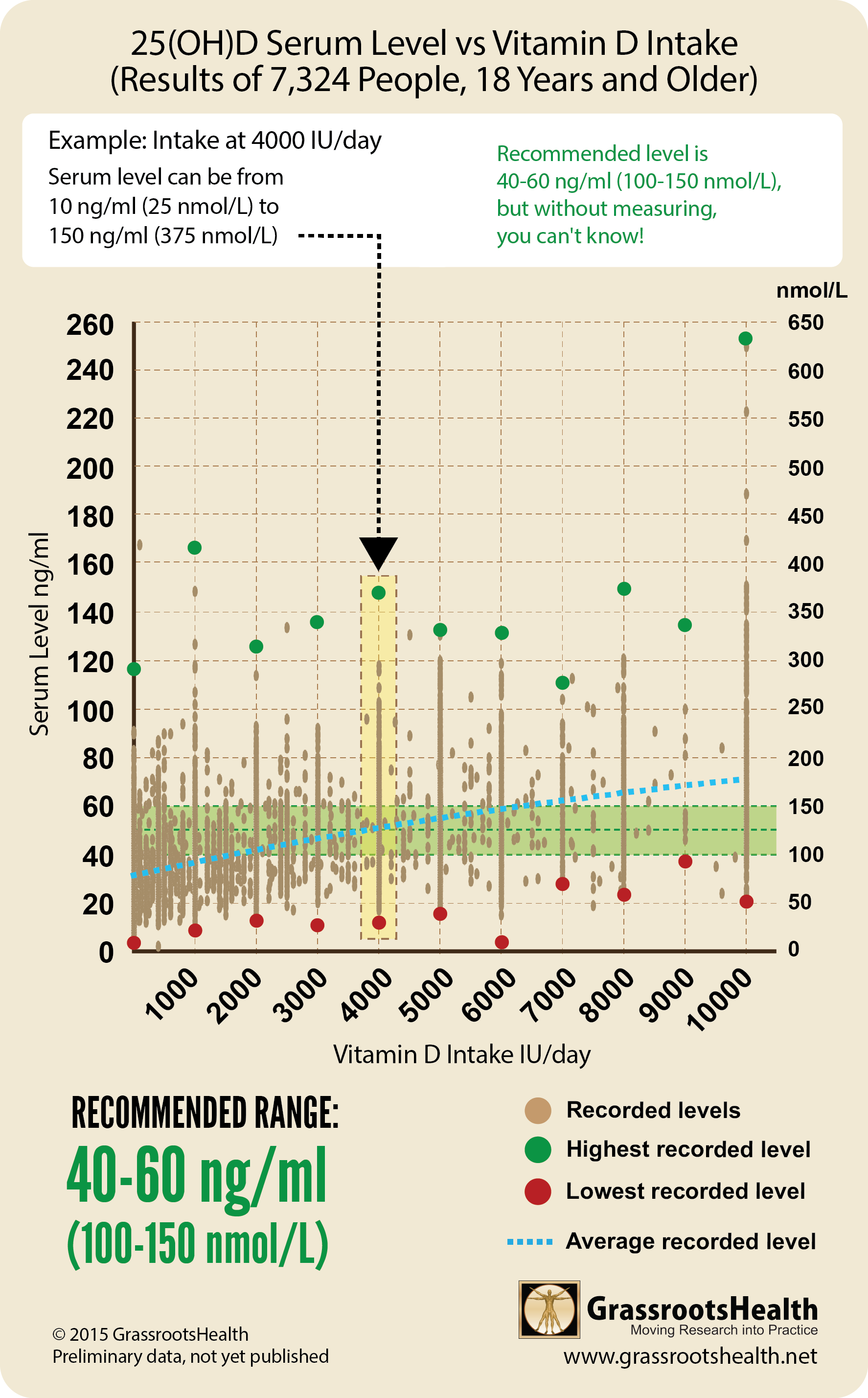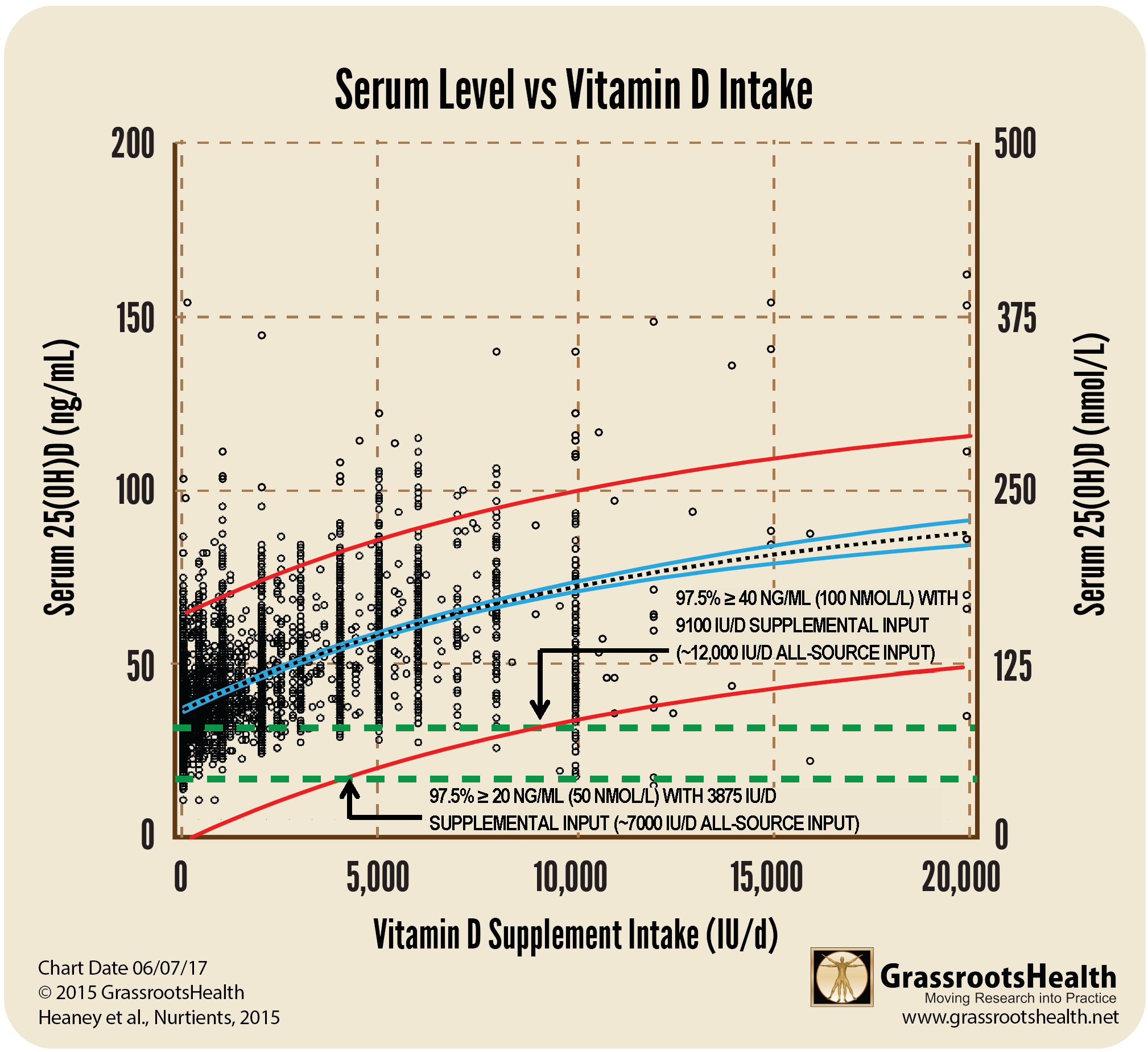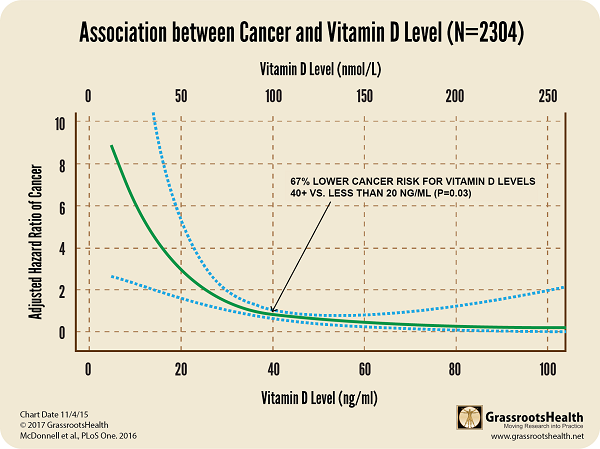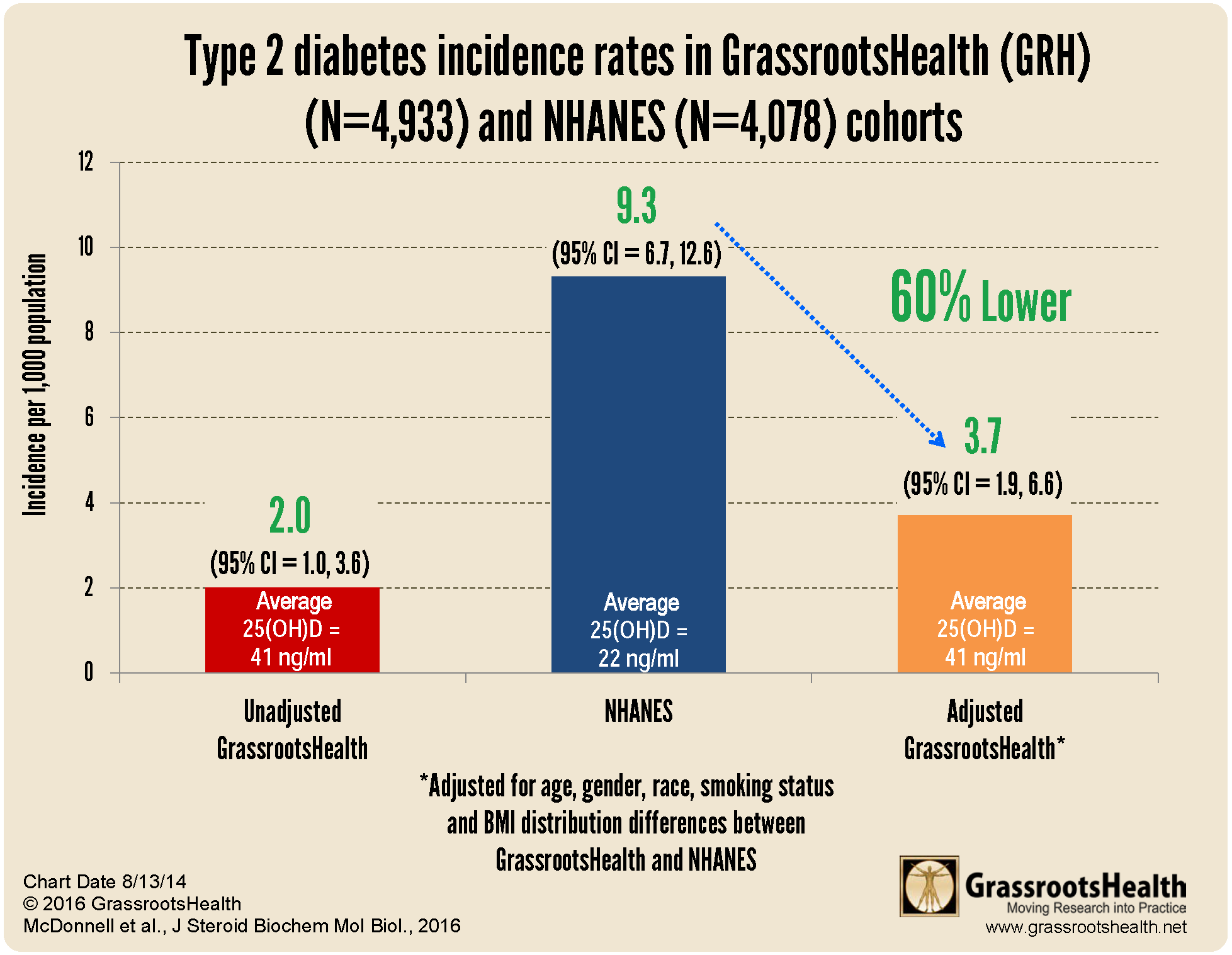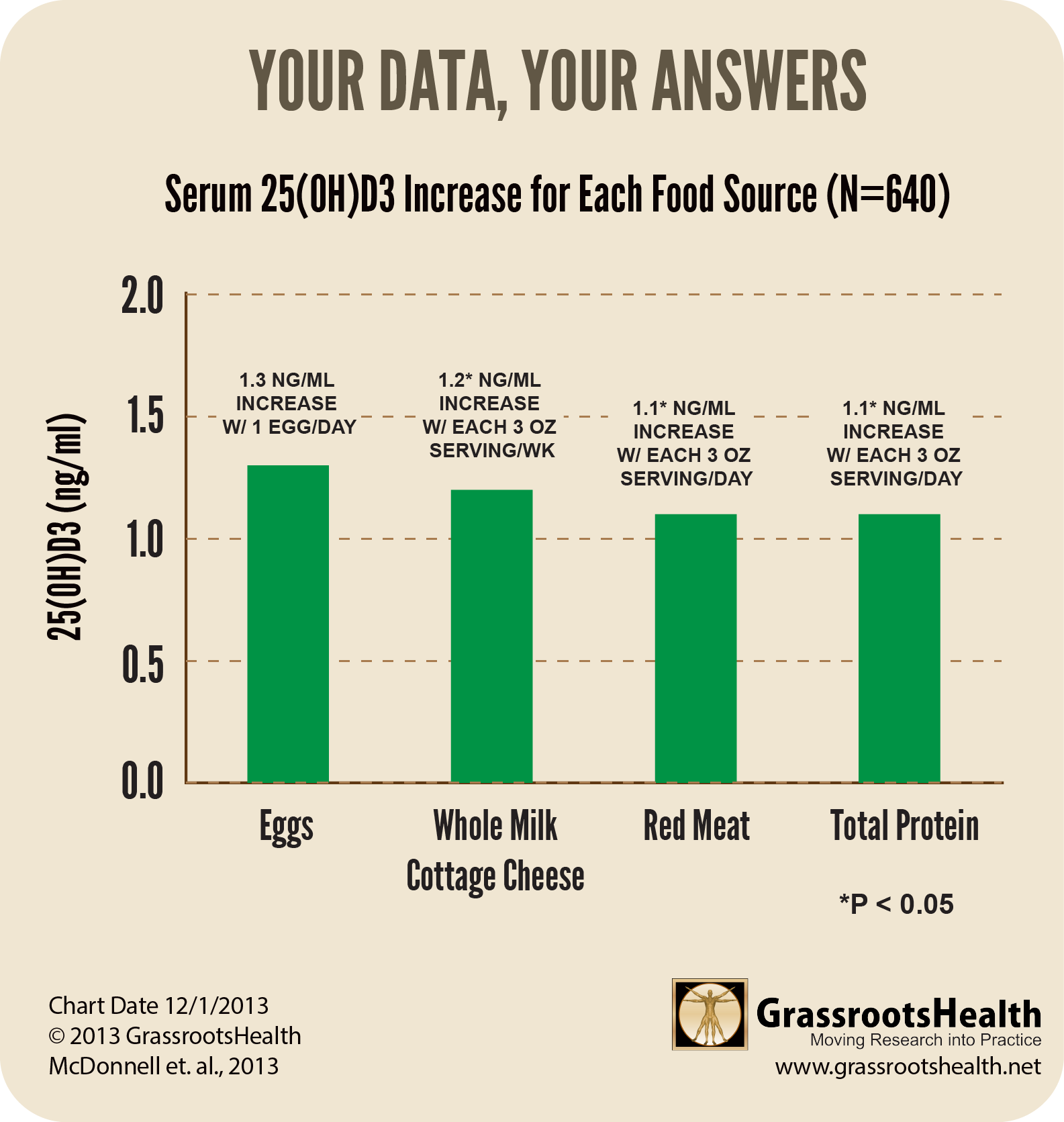Published on January 26, 2024
Dr. Robert Heaney left us on August 6, 2016, and some time after his passing, his blog site at Creighton University was taken down; GrassrootsHealth is honored to be bringing his blogs back to life on our website
Key Points
- Dr. Heaney provided nearly 50 years of advancements in our understanding of bone biology, osteoporosis, and human calcium and vitamin D physiology. He is the author of three books and published over 400 original papers, chapters, monographs, and reviews in scientific and educational fields. He engaged nutritional policy issues and helped redefine the context for estimating nutrient requirements. He was also presented a lifetime achievement award in the US House of Representatives
- One of the most important things Heaney did in his later years is publish Guidelines for Optimizing Design and Analysis of Clinical Studies of Nutrient Effects in Nutrition Reviews, 2014; much research was being reviewed or done that simply did not show promise – but Heaney knew why -the research just wasn’t correct for nutrients
- We look forward to posting his blogs individually over the next several months
Dr. Robert Heaney left us on August 6, 2016, and some time after his passing, his blog site at Creighton University was taken down. With permission Creighton University, GrassrootsHealth is honored to be bringing his blogs back to life on our website.
Dr. Heaney provided nearly 50 years of advancements in our understanding of bone biology, osteoporosis, and human calcium and vitamin D physiology. He is the author of three books and has published over 400 original papers, chapters, monographs, and reviews in scientific and educational fields. At the same time, he has engaged nutritional policy issues and has helped redefine the context for estimating nutrient requirements. Dr. Heaney was presented a lifetime achievement award in the US House of Representatives on November 10, 2015 (Watch the video here). He was an inspiration to researchers everywhere – his intellect, dedication, integrity, and caring was unsurpassed.
Below is some information about his accomplishments. We look forward to posting his blogs individually over the next several months.
Key Vitamin D Research
 Dr. Heaney was a full time professor at Creighton University, but also donated his time and energy as Research Director at GrassrootsHealth since 2012. In this capacity Dr. Heaney consulted on studies, methodologies, and how to best change public health direction.
Dr. Heaney was a full time professor at Creighton University, but also donated his time and energy as Research Director at GrassrootsHealth since 2012. In this capacity Dr. Heaney consulted on studies, methodologies, and how to best change public health direction.
He was involved in many papers and analysis of our D*action data, the world’s largest self-funded cohort of vitamin D replete individuals. It is with this data that we were able publish how conditions react to a replete body, as the cohort has a mean serum level of 44 ng/ml.
Vitamin D Dosing
One of the key pieces of research he was involved in was the study of our cohort, how much supplementation or sun they received, and what serum levels they had. This study was instrumental in publishing data to show that while average serum level rises with increased supplement intake, there is a wide range of individual serum levels at any given intake amount.
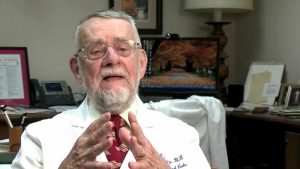 In 2011, the IOM “re-assessed” the vitamin D RDA. At that time we were all hopeful it would be raised, as much more research was available on the benefits of serum levels > 40 ng/ml, including our call to action which 48 scientists signed. Instead, they kept the RDA woefully inadequate. But, it lead to our analysis of this same question? How much vitamin D would get 97.5% of the population over 40 ng/ml? With the help of Heaney we found this number to be ~12000 IU/day.
In 2011, the IOM “re-assessed” the vitamin D RDA. At that time we were all hopeful it would be raised, as much more research was available on the benefits of serum levels > 40 ng/ml, including our call to action which 48 scientists signed. Instead, they kept the RDA woefully inadequate. But, it lead to our analysis of this same question? How much vitamin D would get 97.5% of the population over 40 ng/ml? With the help of Heaney we found this number to be ~12000 IU/day.
Cancer
Heaney worked closely at Creighton University with Joan Lappe, running one of the first randomized controlled trials on cancer using post-menopausal women. They tested the effectiveness of vitamin D (1000 IU/day), calcium (1500 mg/day) or placebo. Heaney later used this data and data from our cohort to report that increasing 25(OH)D concentrations to a minimum of 40 ng/ml could substantially reduce cancer incidence and associated mortality in the population.
Diabetes
As research director, Heaney was involved in our comparison of diabetes incidence between the GrassrootsHealth cohort and NHANES. The GrassrootsHealth cohort, with an median serum level of 41 ng/ml, had 60% fewer diabetes cases than NHANES with a median serum level of 22 ng/ml.
Food Sources
With his background in nutrition and a thirst for knowledge, Heaney questioned the “norm” of how much vitamin D was typically produced through food and non-food sources. Below is the chart for food sources. Food sources do not provide significant vitamin D, and it was concluded that sun or supplement is required to get to the desired level of 40 ng/ml.
Standardizing Nutrient Research
 One of the most important things Heaney did in his later years is publish Guidelines for Optimizing Design and Analysis of Clinical Studies of Nutrient Effects in Nutrition Reviews, 2014. Much research was being reviewed or done that simply did not show promise – but Heaney knew why. The research just wasn’t correct for nutrients. He published a model that can be used by all to objectively analyze whether a research paper’s conclusions are valid. For more information, read this blog.
One of the most important things Heaney did in his later years is publish Guidelines for Optimizing Design and Analysis of Clinical Studies of Nutrient Effects in Nutrition Reviews, 2014. Much research was being reviewed or done that simply did not show promise – but Heaney knew why. The research just wasn’t correct for nutrients. He published a model that can be used by all to objectively analyze whether a research paper’s conclusions are valid. For more information, read this blog.
Thank you Dr. Heaney for your life dedicated to
truth, achievement and service!
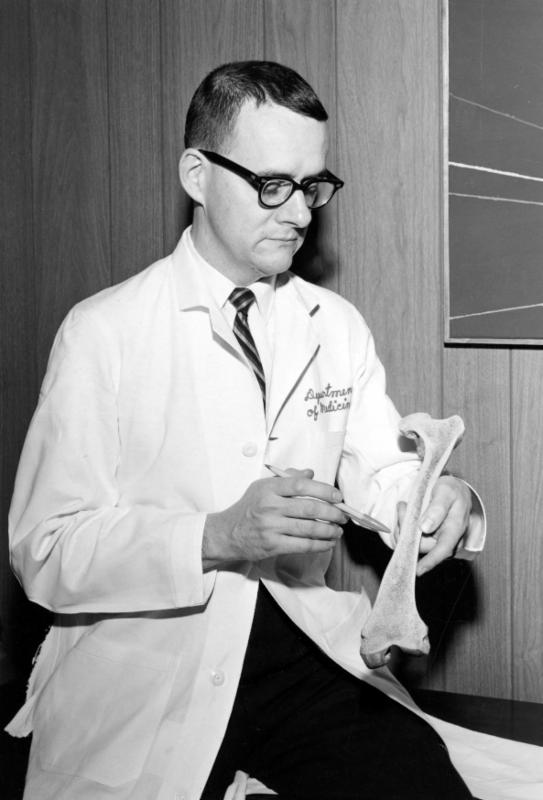
Dr. Heaney, 1967
How Are Your Levels of Important Nutrients?
Check your levels of important nutrients, including vitamin D, omega-3s, and magnesium, as part of the vitamin D*action project!
Measure your:
- Vitamin D
- Magnesium PLUS Essential and Toxic Elements
- Omega-3 Fatty Acids
- hsCRP (for Inflammation)
- HbA1c (for Blood Sugar)
- Thyroid Stimulating Hormone
- and more
Did you know that each of the above can be measured at home using a simple blood spot test? As part of our ongoing research project, you can order your home blood spot test kit to get your levels, followed by education and steps to take to help you reach your optimal target levels. Start by enrolling and ordering your kit to measure each of the above important markers, and make sure you are getting enough of each to support better mood and wellbeing!
Build your custom kit here – be sure to include your Omega-3 Index along with your vitamin D.
Start Here to Measure Your Levels


